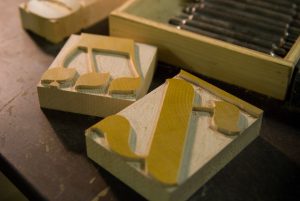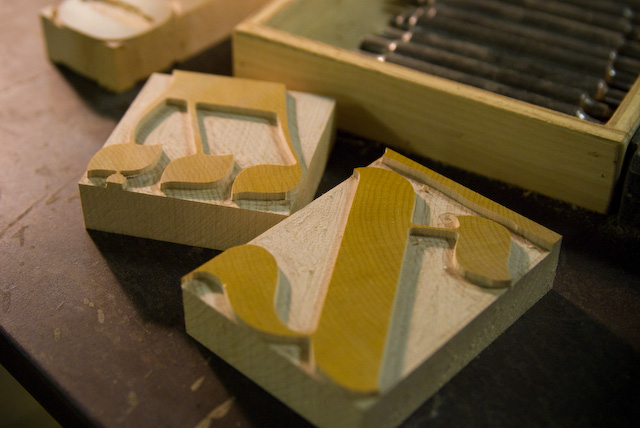
These are the ordinances that you shall tasim/set before them.[2]
The translation of tasim seems straightforward enough. The Targum, however, rejects it in favor of “place in order.” This is difficult to understand. How is “placing in order” related to setting, which is the plain meaning of tasim?
We know that the entire Torah can be read as permutations of letters of Divine names.[3] Hashem placed the power of combining those letters with the Jewish people.[4] Every individual has the ability to combine them in any direction he chooses. Therein lies the great power that evildoers have to destroy the world, as seen from a spiritual point of view. They use their ability to misdirect combinations of letters, thereby achieving inappropriate results.
This approach allows us to explain the sections of the Torah that we call tochechah/rebuke. The term takes some of the sting out of what these sections are really about, which is much harsher than mere rebuke. They are curses! Where is there a place for so many curses in a Torah that is described as, “It’s ways are ways of pleasantness?”[5]
The tochechah sections’ essence is brachah, not kelalah. Those who obey Hashem’s Will benefit from its blessing. But evildoers have the ability of creating different combinations of the letters, thereby turning their power away from blessing, and into curses.
Suffering, we know, can bring kapparah. I believe that the explanation is that the root of the different letter combinations is in Daas. (A hint of this can be found in Chazal’s[6] understanding of Bezalel’s unmatched skill in bringing about the construction of the mishkan: “Bezalel yod’a/knew how to combine the letters with which the world was created.”) Suffering, therefore, needs to be raised up to Daas. There, at the origin of the letter combinations, the flawed ones can be reversed again, restoring them to their original intention where they only bring good. The evil brought about by the misdirected combinations is undone by putting the combinations back in their intended order. The effects of sin are thereby erased. Kapparah is achieved.
This, then, is hinted at in the Targum to our pasuk. Mishpatim can be seen as Hashem’s judicial rulings, coming from the side of Din, rather than Chesed. We are told to place them where they belong – in Daas. More accurately, we are told to place them in order. By elevating them to Daas, the letter combinations are restored to their original purpose. From there flows only good.
- Based on Meor Einayim by R. Menachem Nochum of Chernobyl ↑
- Shemos 21:1 ↑
- See Ramban’s introduction to Chumash ↑
- Sefer Yetzirah 2:3 ↑
- Mishlei 3:17 ↑
- Berachos 55a ↑


